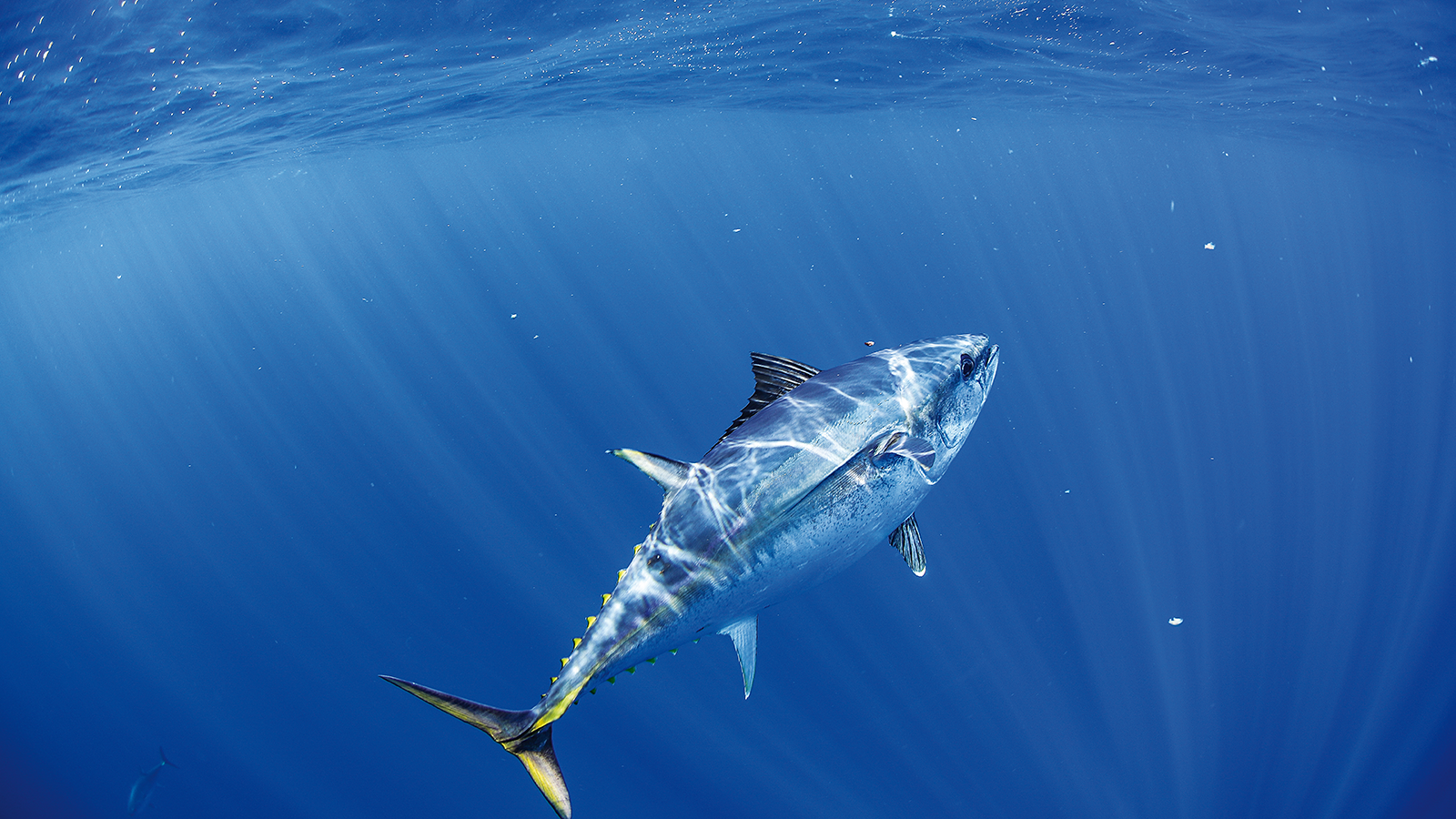Since its inception as part of the Cairns Forums, the Indigenous Reference Group (‘IRG’) to the Fisheries Research and Development Corporation (‘FRDC’) has served as the principal method by which the FRDC seeks to engage with Australia’s First Nations and First Peoples as it discharges its statutory responsibilities.
Broadly, the IRG is charged with providing to the FRDC strategic- and programme-level advice on the fisheries and aquaculture research, development and extension (‘RD&E’) needs of First Nations and First Peoples across Australia. Under this core remit sit a number of complementary functions, including commissioning research, providing advice to the FRDC executive and Board on First Nations RD&E-related matters, networking, capacity building and profile raising, and other such operational and procedural matters.
The FRDC has commissioned this Governance Review to assess the impacts and outputs of the IRG against its core remit and current scope and provide recommendations as to any changes needed to the IRG or its operations in order to improve adoption and impact of First Nations RD&E, increase opportunities for Australia’s First Peoples to participate in fishing and aquaculture, and deliver against and help shape the FRDC’s First Nations RD&E priorities. These recommendations should address governance structure, function, membership and other core aspects of the IRG.
In the process of this Review, Australian Venture Consultants has:
• Sought to understand the specific operational, strategic and jurisdictional context in which the FRDC and IRG operates;
• Undertaken extensive desktop and documentary review of the IRG and its deliberative processes, Project Reports relating to specific projects in which the IRG is said to have made significant contributions, and other supporting material provided by the FRDC;
• Consulted widely with FRDC executive, past and present IRG members, and other key stakeholders including industry, government, First Nations and other users of the marine estate; and
• Examined the nature, structure, resourcing, and functions of other comparable First Nations advisory and reference bodies, primarily those operating within the fisheries and aquaculture sphere, both within Australia and internationally.
Very broadly, the findings of these investigative processes may be summarised in four key observations.
Observation 1: The IRG operates in a complex environment and is called upon to do many things.
The IRG operates in a complex environment that can be described across three dimensions – strategic, operational and procedural – and under various lenses within those dimensions. Secondly, from an operational dimension, the IRG acts in a sphere wherein the nature of First Nations tenure and rights over Sea Country is variable among the jurisdictions, as are resource allocation and licensing frameworks.
Finally, from a procedural perspective, while it appears that the IRG and FRDC are clear on the remit of the IRG, because the IRG is the only formalised national body operating in the First Nations fishing and aquaculture sector, there is a tendency for external stakeholders to have an expectation that the IRG has been established to address all issues associated with the First Nations fishing sector, not just R,D&E.
Observation 2: The IRG has been highly successful in elevating awareness of First Nations fisheries and aquaculture needs and has significantly enhanced RD&E output.
Across all stakeholders consulted but particularly amongst fisheries regulators and decision-makers, there has been a consistent message that the IRG has made a significant contribution to raising the profile and awareness of the First Nations fishing sector, its opportunities and the challenges it faces.
Observation 3: The IRG faces a number of challenges which are unlikely to abate and, without resolution, will likely detract from its future performance.
As evidenced by desktop review and validated by interviews, the IRG faces several challenges in delivering against its core remit:
• Focusing limited resources
• Achieving industry-wide engagement
• Driving adoption
• Limited human capital and succession options
• Operational and administrative challenges.
Observation 4: The IRG compares well to other advisory bodies in Australia. International perspectives are not comparable due to dramatically jurisdictional differences, but may indicate emerging best practices.
In very broad summary, most First Nations consultation across Australia is ad-hoc, limited temporally or spatially, and limited in scope. The IRG is relatively unique in its longevity, depth, breadth and developed institutional expertise.
Recommendations
The report clearly identifies that the IRG has and continues to perform a key role, not only in the FRDC’s decision-making processes but for the First Nations sector more broadly. However, as the sector grows and its opportunities and challenge elevate further in the agendas of both government and industry, it is clear that the First Nations fishing industry representative framework within the FRDC and the external structures that inform that framework will also need to evolve.
To this end, this Review makes the following recommendations:
• Recommendation 1: First Nations fishing RD&E representation planning and resourcing summit Recommendation 2: IRG to continue for the immediate future with enhanced administrative resourcing
• Recommendation 3: First Nations participation on FRDC Research Advisory Groups
• Recommendation 4: Embedding First Nations perspectives in the FRDC organisational structure
• Recommendation 5: Establishing the case for a First Nations fishing Representative Body structure









